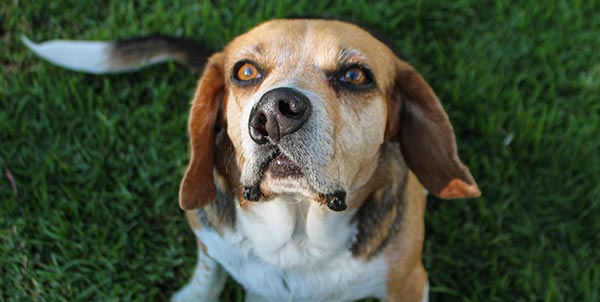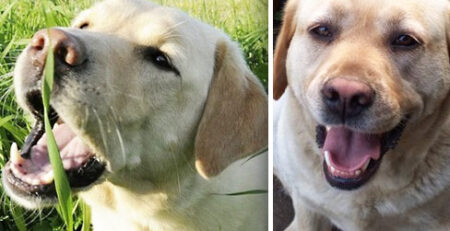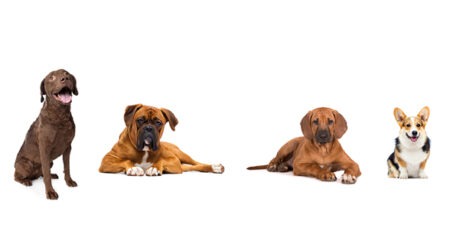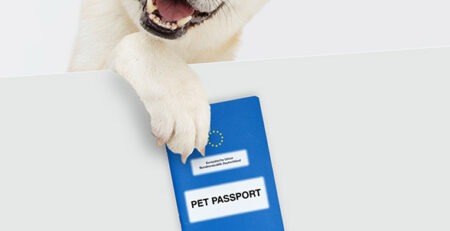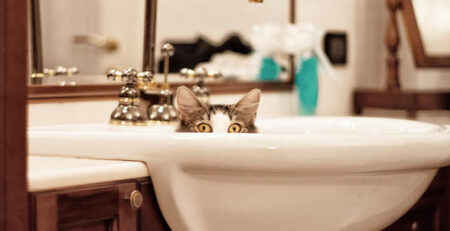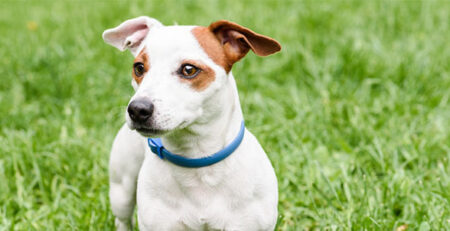Dog cleft lip and cleft palate: dogs are more affected than cats, but what are the causes of this puppy palate malformation?
Cleft palate in dogs is a congenital malformation of the palate that occurs during fetal development of the puppy.
The palate is the upper wall of the oral cavity (the so-called roof of the mouth) and, at the same time, the floor of the nasal cavities.
At birth, the puppy has an incomplete palate closure usually associated with another malformation of the muzzle, the so-called cleft lip.
So, cleft palate and cleft lip can be considered manifestations of the same pathology, cleft lip-palate.
What does the dog’s palate look like?
The palate can be divided into two regions: an anterior one, called the
hard palate
, and a posterior one, called the
soft palate
.
The bony component of the hard palate consists of:
- The palatine processes of the two
maxillary bones
- The horizontal laminae of the two
palatine bones
Congenital defects of the palate occur if during fetal development the two horizontal laminae do not fuse.
The diagnosis of cleft palate
Cleft lip in the dog or cat is immediately recognizable in infants.
Fissuration, on the other hand, although present from birth, is not always recognized.
Careful examination of the oral cavity by the veterinarian is therefore necessary to identify incomplete closure of the palate and implement all necessary measures to keep the puppy alive.
Why is a newborn puppy dog with cleft palate likely to die?
Puppies with cleft palate have difficulty feeding, may present Delayed growth, nasal discharge, milk leaking from the nostrils during or after breastfeeding, gagging, regurgitation nasal, coughing and sneezing especially during feeding.
Why is the puppy born with cleft palate?
Scientific research studying the causes of this congenital disorder is increasingly turning toward genetic factors.
Recent studies performed in parallel in humans and in some Nova Scotia Duck Tolling Retriever dogs have shown a role of the same gene (ADAMTS20) in the development of the disease.
High-risk dog breeds include the Corso, Boston terrier, Pekingese, Bulldog, Cocker spaniel, and Dachshund.
Among cats, Siamese and Maine Coons are more predisposed.
How is cleft palate treated and what treatment is needed?
Treatment for this condition is purely surgical and is given when the puppy reaches at least 8 to 12 weeks of age.
In the meantime, affected puppies should be fed via tube To maintain an adequate nutritional status and to decrease the risk of bronchopneumonia
ab ingestis
.
Recommendations
All dog and cat babies should be checked at the first visit by the veterinary doctor for the presence of cleft palate: only early diagnosis can ensure its survival.
And again, because genetic factors affect the development of the condition and therefore the likelihood of transmission to offspring is high, the recommendation not to breed a dog with cleft palate always applies.
In this regard, we remind you that the veterinary doctors on our Staff are always available to provide you with the advice and guidance you need to properly manage your dog or cat.
Book an appointment and request a consultation: Clinica La Veterinaria is always open h24 every day including holidays and with Emergency Service from 8 pm to 8 am.
For the joy of seeing them HAPPY.

